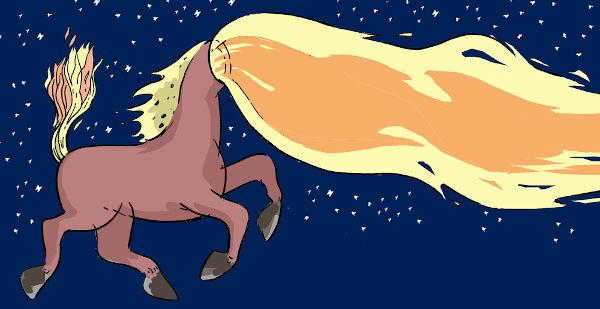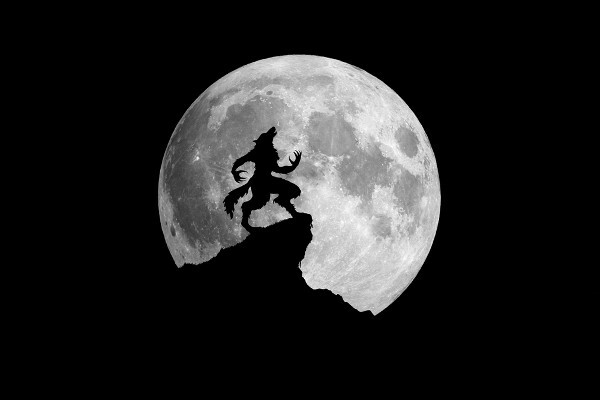The legends of the northern region are heavily influenced by indigenous culture. Like the legends of any region in Brazil, they are transmitted from generation to generation, often orally.
Important for the identity of our people, folk legends contribute to the enrichment of Brazilian popular culture.
That's why Toda Matter selected 8 legends from the north. We are sure you will like it.
1. Acai legend
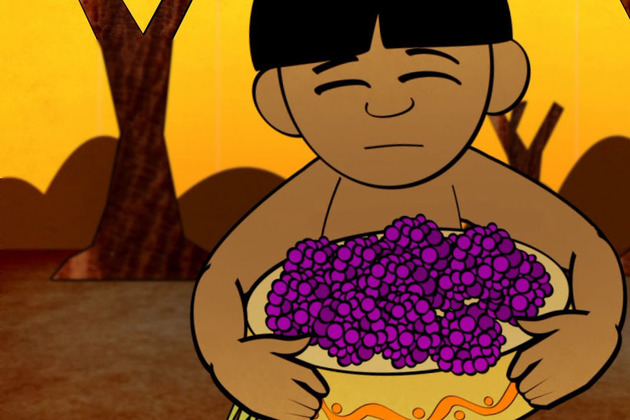
In an indigenous tribe, located where the municipality of Belém do Pará was later founded, food became scarce as a result of the population increase, for this reason the chief ordered that all children who were born be killed.
So it was with her granddaughter, sacrificed after Iaçã, her daughter, gave birth. Iaçã suffered a lot and cried incessantly, until he asked the god Tupã to show his father a way to solve the tribe's problem without having to kill the children.
It was then that one night, Iaçã heard the cry of a baby and when he looked, he saw his little girl by a tree. Running to her, the girl disappeared into her mother's arms, where Iaçã also died after so much crying.
Iaçã was found lifeless hugging the palm tree and looking with a serene and happy countenance at the top of the tree, which was full of dark berries.
The fruits were picked and from it they made a nutritious juice that fed the tribe. The chief named the fruit Açaí (Iaçã, on the contrary) in honor of his daughter.
2. Amazon legend
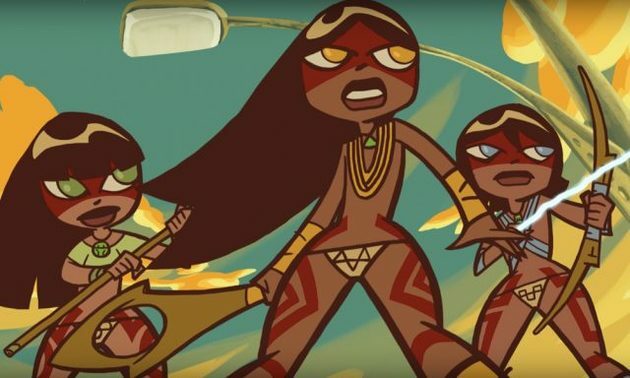
The Icamiabas Indians, which means “women without husbands”, had their own tribe, where no men lived.
Once a year they received Indians at a party with the aim of mating. The following year, after giving birth, they delivered the male children to their parents and raised the girls, offering their parents muiraquitãs, an amulet in the shape of a frog.
Navigators gave the name of Amazons to the Icamiabas Indians. That's because, since antiquity, they heard of warriors who refused to live with men and who used the bow and arrow as few did. To do so, they removed one of her breasts, allowing them to better handle the bow and arrow. The word "amazons" derives from the junction of a-Mazon, which means “woman without breasts”.
When crossing what is now known as the Amazon River, these navigators spotted women with these characteristics and they fought with them, believing that they were the same warriors they had already heard of, thus naming the largest river in the Brazil.
3. Legend of the Dolphin

According to legend, the pink dolphin lives in the Amazon River, from where it leaves during the popular festivals in the region.
When leaving the river, the dolphin turns into an attractive and well-groomed boy who, in addition to a white jacket, wears a hat - accessory that tries to hide the face and, mainly, its long nose, a characteristic that resembles the boto.
During the parties, the boto spends the entire night in human form, when he takes the opportunity to seduce the girls who end up getting pregnant. At dawn, it turns into an animal and goes back to the river.
The legend of the boto is used to justify the pregnancy of unmarried women or out of wedlock, which is why, to refer to these children, the popular saying arises “the child is the boto's son”.
4. legend of the big snake

Once, an Indian woman became pregnant with one of the large snake species found in the Amazon region and had a pair of twins, Honorato and Maria. As the children looked like snakes, the mother threw the children into the river.
Honorato was good, while Maria was perverse and harmed fishermen and river animals. So, to put an end to his sister's evil attitudes, Honorato decided to kill her.
According to legend, Honorato assumed the form of a man on nights with a full moon, when he took the opportunity to walk around the land, which was his great desire.
There was a way to free Honorato from the terrible curse of turning into a snake, but no one she had the courage to do it, until one day a soldier manages to hurt her head and put milk in her mouth. From then on, the spell was broken and Honorato went to live with his mother.
5. Legend of Cassava
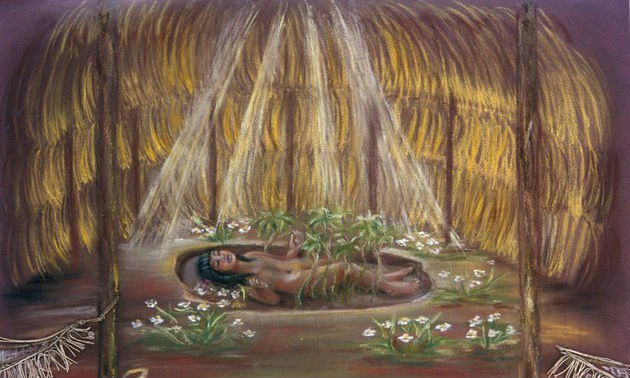
The chief's daughter had turned up pregnant, which greatly displeased the chief of the tribe. He didn't want to believe she didn't know how she got pregnant, just like he told his father. Until one night, a dream advised the chief to believe in his daughter.
After being born, Mani, as she was called the Indian girl, was very dear to the tribe, but one day her mother found her dead.
Desolate with the loss, the mother decides to bury Mani in her hut and every day she cried for the death of her daughter, who even without life had a happy face.
The mother's tears were so many that they wet the earth where, days later, an unknown plant was born that she started to care for. Noticing that the earth was getting cracked, he decided to dig in the hope that he would find his daughter alive.
And so she found a root, cassava, a combination of the words “Mani” and “hollow”. Hence this nutritious tuber that is the basis of the cuisine of many Brazilians, especially in the North region.
6. Legend of Mapinguari
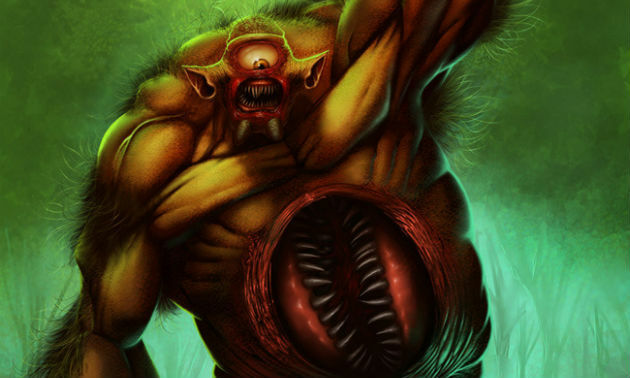
Mapinguari is a legendary figure in the Amazon region. Ghastly, this creature is hairy like a monkey, quite tall, has only one eye in the middle of its forehead and a mouth in place of its navel.
Popularly, it is said that some old-age Indians transform into this monster and live isolated in the forest emitting frightening screams.
In addition to destroying everything in their path, they frighten and even devour people, being able to easily face skilled hunters.
Hunters who manage to escape this savage's clutches are crippled. According to legend, the only threat to Mapinguari is the sloth.
7. Legend of Uirapuru

Quaraçá, a very brave Indian who liked to play the flute, had fallen in love with Anahí, who was the wife of the chief of a tribe in the Amazon region.
Suffering from this impossible love, the unfortunate Quaraçá asks the god Tupã for help. Moved by the Indian, Tupã decides to turn him into a bird, the uirapuru, since he loved singing and walking through the forest in the company of his flute.
And so, the Indian was able to stay close to his beloved, landing on her shoulder while the Indian was enchanted by that beautiful bird. It turns out that the chief was also enchanted by the song of the bird and, one day, trying to arrest him, he got lost in the forest.
Thus, Quaraçá's beloved was left alone and he could reveal her love, but for that he needed to take again the human form, which would only be possible if India discovered the identity of the bird she liked so much.
8. Legend of Vitória-Régia

The Indian Naiá was in love with Jaci, the god of the moon. In the tribe, the Indians used to say that Jaci sought out the most beautiful Indian women to date and turned them into stars.
So, every night Naiá awaited the arrival of Jaci with the desire that she could seduce him. Until one day, seeing the moon reflected in the river, Naiá leans over to kiss him and ends up falling into the water and drowning.
Moved by what had happened to India, Jaci decides to honor her, but instead of turning her into a star like the others, he turns her into a water lily.
And from there comes the water lily, known as the “water star”, an aquatic plant native to the Amazon.
Folklore Quiz
Don't stop here! Learn more about the rich folklore of our country and check out the texts:
- Legends and characters from Brazilian folklore
- Northeast Region Legends You'll Love
- Unmissable Legends of the South Region
- Southeast legends you can't miss
- Fantastic Legends of the Midwest Region
- Awesome Indigenous Legends
- Myths and legends from Brazil and the world

